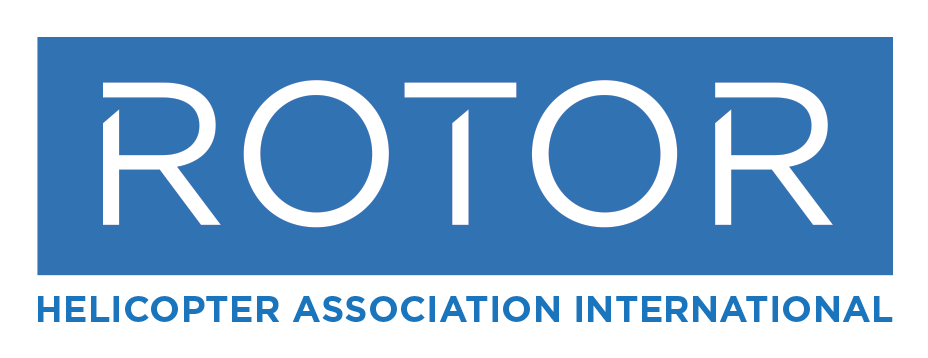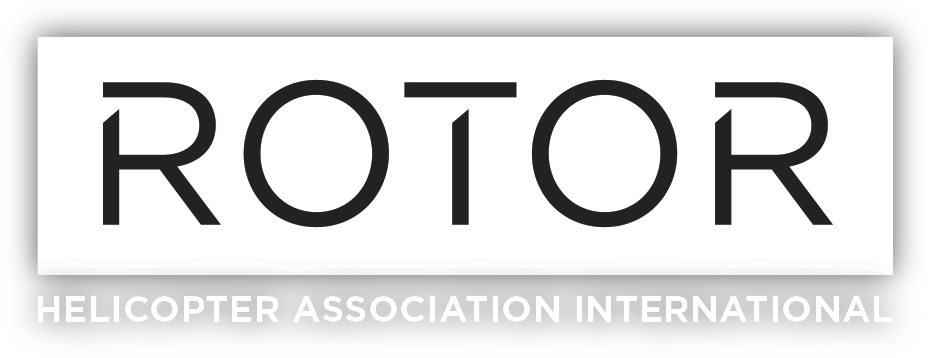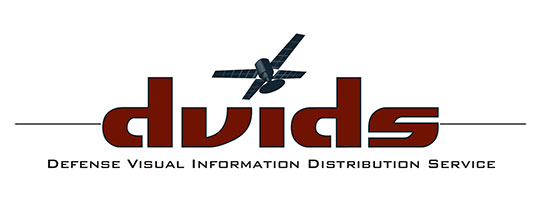Are you a helicopter pilot or maintenance technician who is planning to transition from military service? There are civilian companies who want your skills!
There has never been a better time to find work in the civilian helicopter industry. A recent study projected the industry to be short more than 7,500 helicopter pilots and over 40,000 aviation maintenance technicians over the next 15 years.
Below are some steps that military pilots and maintenance technicians can take NOW to ensure a seamless and stress-free transition to the civilian helicopter industry.
Pilots and Maintenance Technicians: Create an Aviation Resume
Yes, you will be leaving the military with considerable experience. But does your resume “speak” civilian? Or do you use so many TLAs (three-letter acronyms) that only another vet can make sense of it?
Visit our page on creating an aviation resume for tips that will help you stand out for the right reasons, as well as templates for both pilot and maintenance technician resumes.
Maintenance Technicians: Obtain Your FAA A&P License
Civilian aviation maintenance technicians are licensed by the FAA; they may hold an airframe rating, a powerplant rating, or both, which is called an Airframe and Powerplant (A&P) rating. To work in civilian aviation maintenance, you will have to obtain at least one of these ratings.
The FAA determines whether military maintainers are eligible for an airframe or powerplant rating or both based on their military occupational specialty (MOS). See the eligibility requirements for military applicants as determined by the Joint Services Aviation Maintenance Technician Certification Council (JSAMTCC).
Log your training time, and complete the FAA Certification performance of Job Tasks (CG-C-EAE-2) as outlined here
Next, obtain a certificate of eligibility by the FAA-approved signature authority from your branch of service.
Get authorization from FAA to take test – FAA Form 8610-2 signed by Flight Standards District Office (FSDO.) Find a FSDO.
Pilots: Obtain Your FAA Certificates and Keep a Logbook
Before you leave the military, take the time to document your ratings and flight hours so civilian hiring managers can fairly assess your aviation training and experience.
Obtain All Possible FAA Certificates. As a military-trained pilot, the FAA permits you to test for the civilian certificates listed below at any FAA-approved testing center. Don’t wait until the last minute: obtain all FAA certificates for which you are eligible BEFORE leaving the military.
- Certificated Flight Instructor (CFI)
- Certificated Flight Instructor – Instrument (CFII)
- Commercial
- Airline Transport Pilot (ATP)
- NVG Endorsement
- FAA Medical Certificate
Keep Your Logbook Current. All US civilian pilots are required to keep a logbook that records their flight time in accordance with FAA rules. Please note: the FAA’s procedures for logging flight time may differ from those you use in the military; please visit the Logging Civil Flight Time page for additional information on how to correctly transfer your military flight time to a civilian logbook.
Once you transfer your past flight hours to a civilian logbook, don’t stop – keep your logbook up to date. Your flight hours are an important component of your aviation resume.





